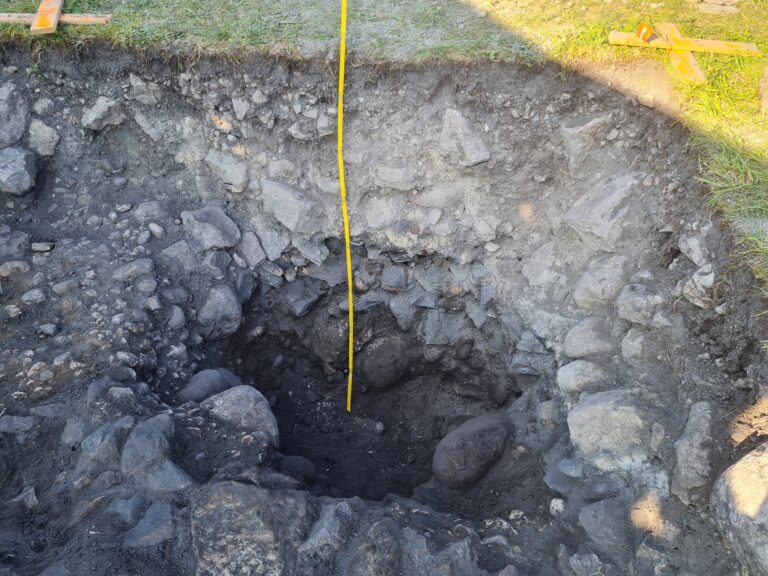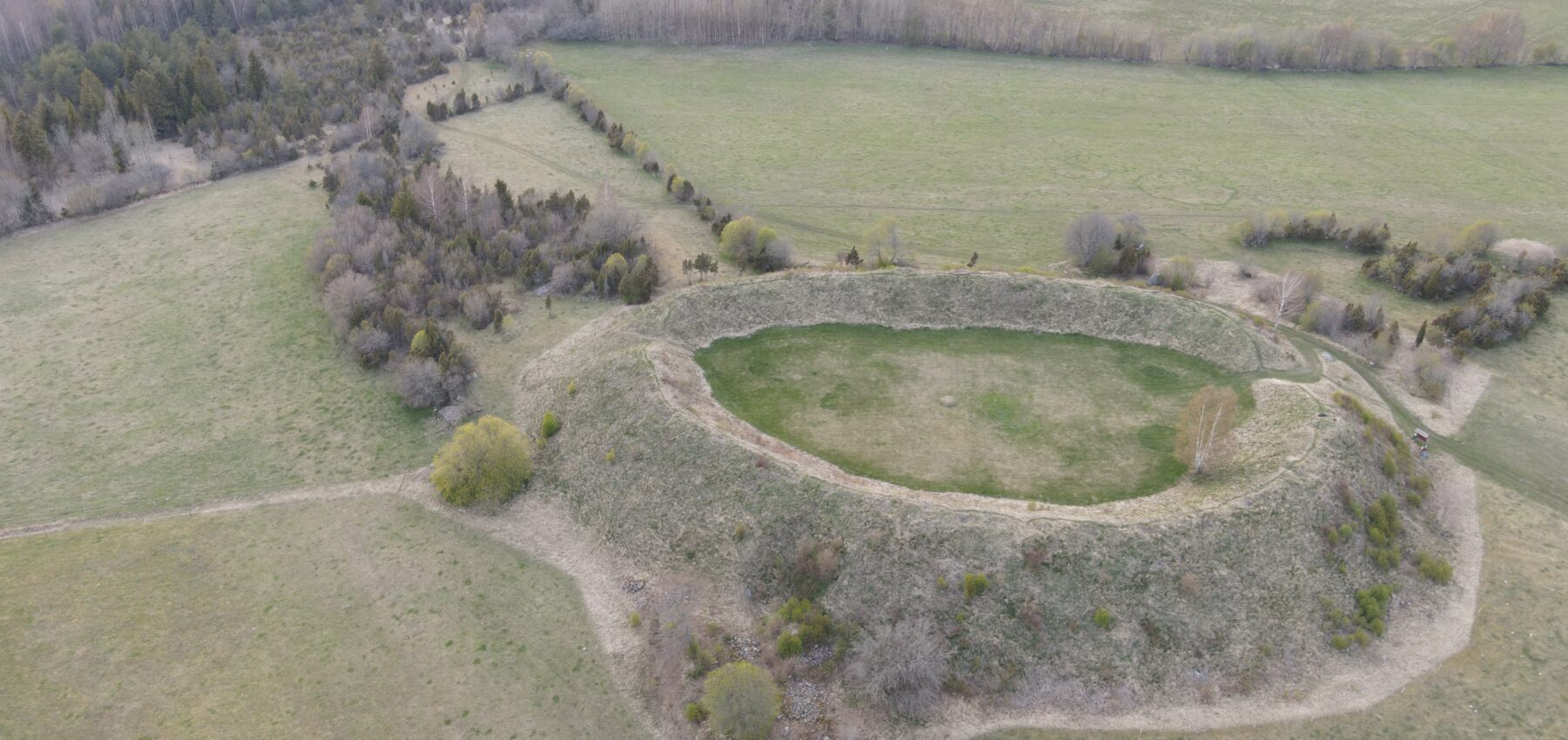
Pöide hill fort was one of the biggest prehistoric and medieval fortifications in Saaremaa. The present height of the walls is 5-6 m from the courtyard, and 10-11 m from the outside. Up to the 18th century, stone walls of the fortification reached ca 5 m above the present walls, but were all removed for other buildings. Depressions on the top of the hill fort’s rampart date to the World War I, and had military purpose. The hill fort courtyard is 85 m long and 55 m broad, and in the middle of it is a hollow, one-time well. Until about 1900 a second wall surrounding the hill fort was visible, but it was later removed. Today the fort is surrounded by a cleared field.

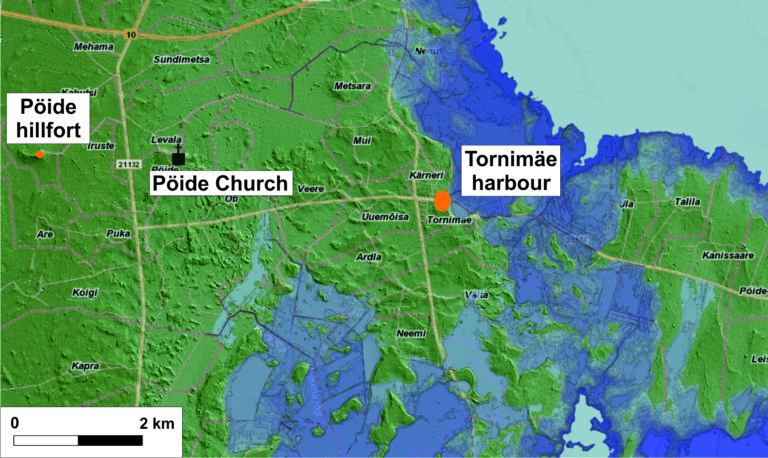
Pre-Viking and Viking Age hill fort
Scattered finds indicate that there was a settlement on the site of the later hill fort as early as the turn of the millennium. Some stone cairns to the north of the hillfort, and possibly some cup-marked stones nearby, date from around the same time. There was probably no fortification at this time.
The first hillfort was built in the 7th century at the latest, in the pre-Viking period. It was probably surrounded by a circular wall, but this has not yet been archaeologically investigated. Excavations in the hillfort courtyard in the early 1990s uncovered pottery sherds and artefacts dating from the 7th to 10th centuries. This time the finds were associated with the remains of buildings excavated in the lower layer of the trench.
Foundation Osiliana started new excavations at the Pöide hillfort in 2024. These excavations, and the re-examination of the results in the 1990s, indicate that the Viking Age layer is, however, preserved only under the remains of buildings.

One of Saaremaa’s largest 7th-10th-century harbour sites was excavated at Tornimäe, 7 km eastward from the Pöide hill fort. Among other artefacts, pottery sherds identical to those found at Pöide have been uncovered there. This suggests that the same people were active in both the hill fort and the harbour. Additionally, a site with similar ceramics has been found in the village of Iruste, located next to the hill fort. Perhaps one of the most important lords of the region lived there on a daily basis.
Late prehistoric and medieval hill fort
In the early 1990s, excavations in the courtyard of the Pöide hill fort uncovered the remains of two houses with hearths, which seem to have been built in the 13th century adjacent to the inner side of the rampart. The walls seem to have been supported by posts. Beneath these house remains, earlier buildings containing hearths were uncovered. At first it was thought that they dated back to the Viking Age. However, current evidence suggests that these were 12th-century constructions, and the Viking Age layer of the hillfort was found only beneath them.

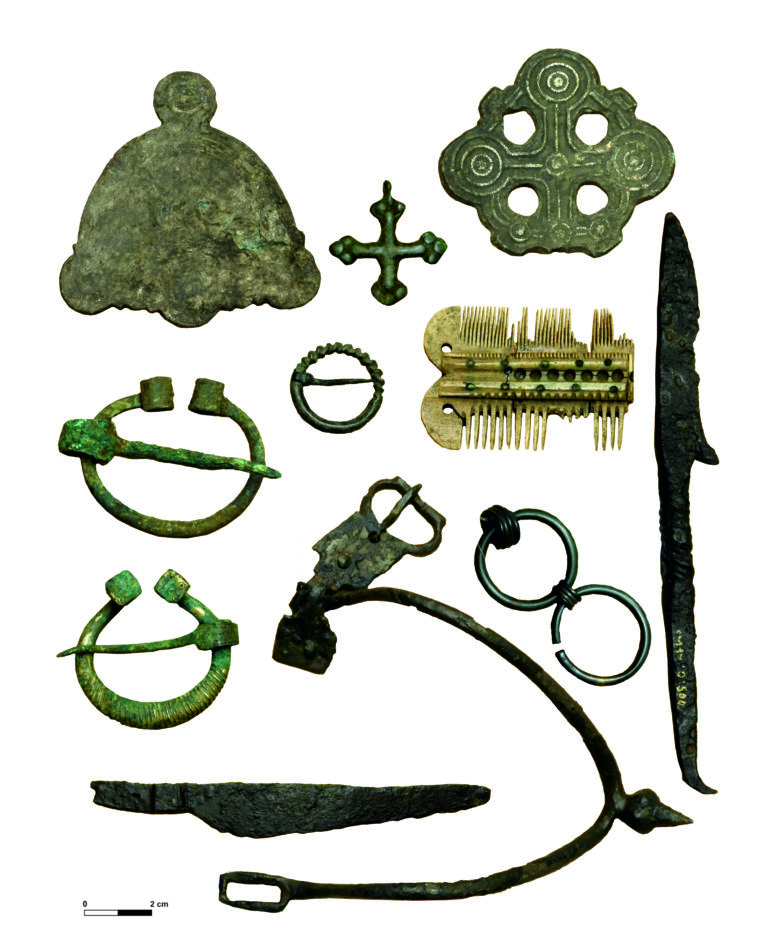
In 2024, excavations started in the centre of the courtyard, led by Foundation Osiliana. One of the trenches cut through a 12th-13th century building that appeared to have consisted of two rooms. At least one of them seems to have been built in post construction.

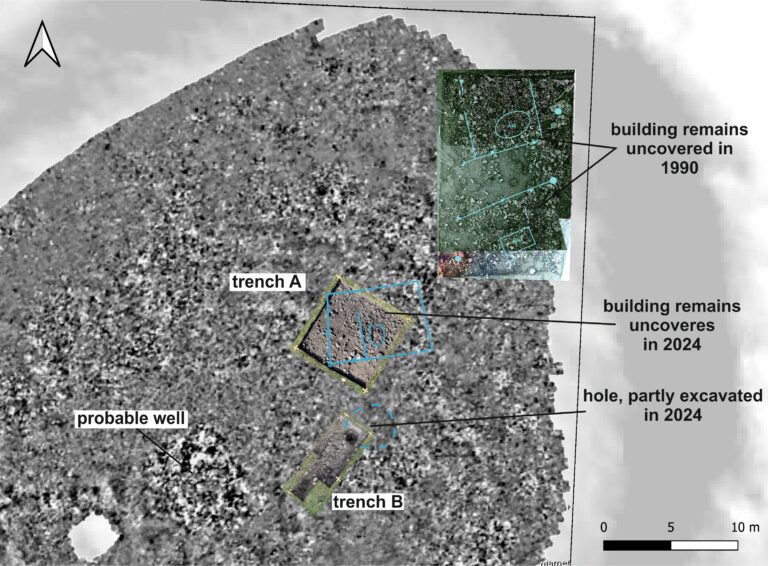
The artefacts discovered from the building, some dating from the 13th to 14th centuries, were somewhat surprising. Particularly unusual finds were two or even three styluses – small, simple writing sticks used on wax tablets. Additionally, a tiny medieval knife with a bronze-plated handle and several tin mounts, likely used to embellish clothing, were uncovered. Similar mounts are known from some 15th-century deposits but they may have been common in the 14th century as well. These finds are certainly not prehistoric and suggest that Pöide hill fort may have remained in use up to the 14th century.
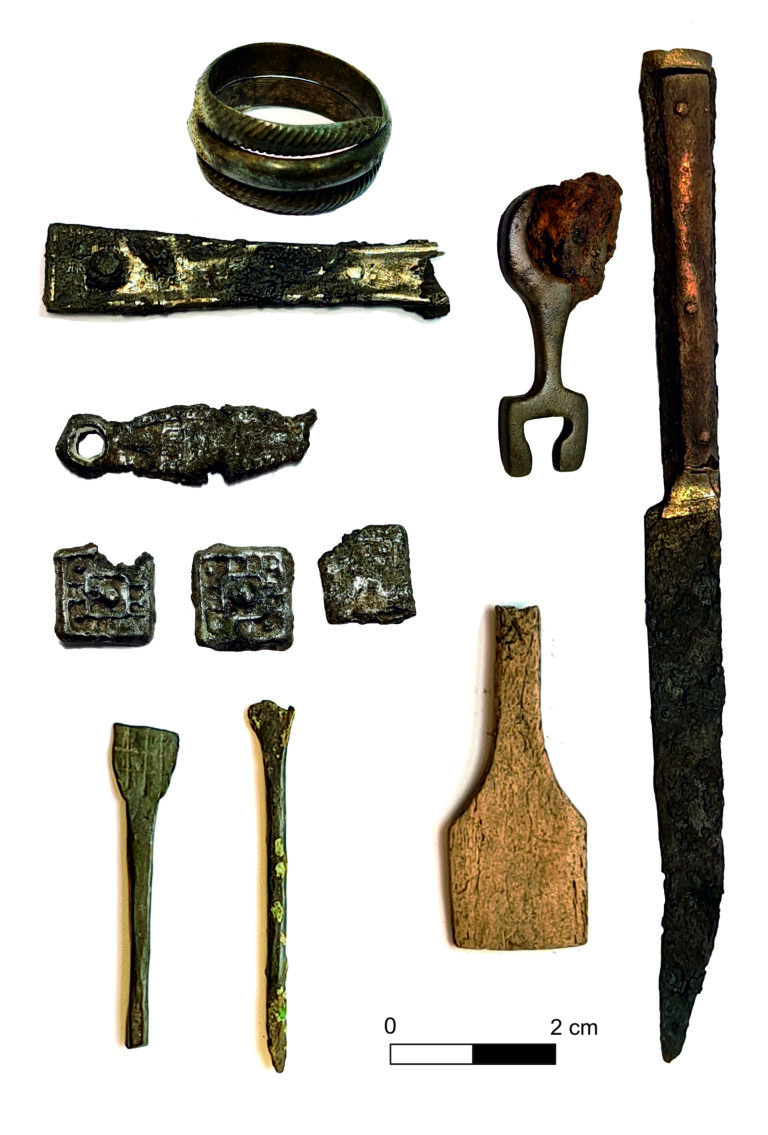
The second trench of 2024 uncovered a 1.8 m deep hole, which was properly plugged in the later construction phase. It is hoped that the one-time function of the hole will be clarified in 2025 when the excavations in Pöide hill fort continue.
